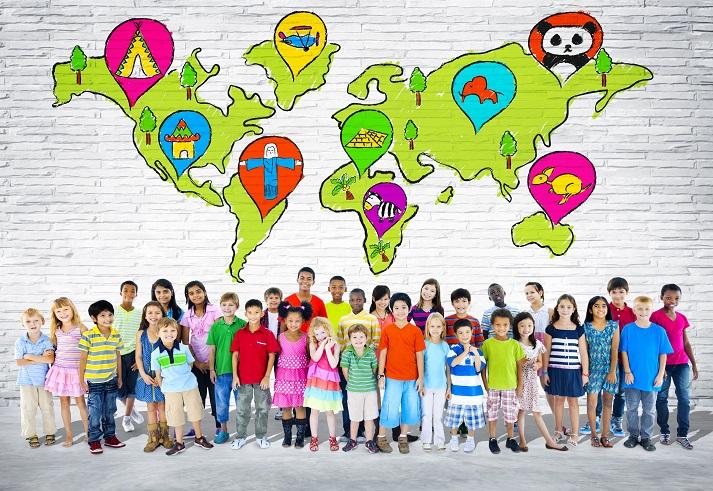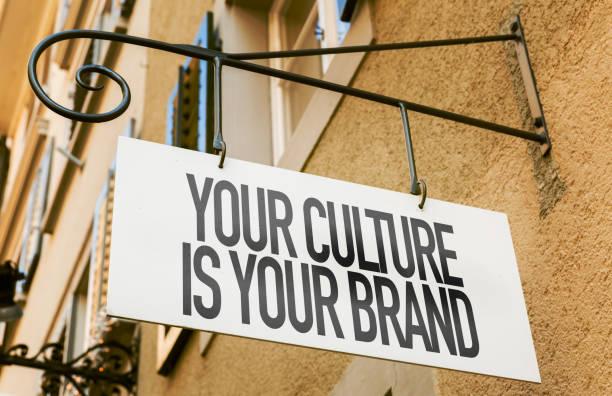Art reflects cultural values and beliefs by serving as a mirror to society, capturing and expressing the norms, traditions, ideologies, and shared experiences of a community. This relationship between art and culture can be seen in various ways:
1. Expression of Identity
- Cultural Symbols and Motifs: Art often incorporates symbols, motifs, and styles unique to a culture, helping to preserve and communicate cultural identity.
- National and Ethnic Pride: Many works of art, from folk music to visual arts, celebrate national or ethnic heritage, fostering a sense of pride and unity among members of that culture.
2. Reflection of Social Norms and Values
- Moral and Ethical Themes: Art frequently explores and reinforces the moral and ethical values of a society. For example, religious art often depicts themes of virtue, sin, and redemption, reflecting the moral framework of the culture.
- Depiction of Social Roles: Art can illustrate the roles and expectations of different members of society, such as gender roles, family structures, and class distinctions.

3. Medium of Social Commentary
- Critique and Reform: Art can challenge the status quo by questioning prevailing cultural norms and advocating for social change. This is often seen in movements like Dadaism, which reacted against the horrors of war, or in the works of contemporary artists who address issues like inequality or environmental degradation.
- Reflection of Political Ideologies: Political art can both support and critique the ideologies of a culture, whether through propaganda or satire.
4. Preservation of History and Tradition
- Historical Narratives: Art serves as a record of historical events, helping to shape and preserve collective memory. For example, the murals of Diego Rivera depict the struggles and triumphs of the Mexican people, preserving a cultural narrative for future generations.
- Ritual and Tradition: Art plays a central role in cultural rituals and ceremonies, from indigenous mask-making traditions to the creation of religious icons, thus sustaining cultural practices and beliefs.
5. Exploration of the Human Experience
- Universal Themes: While art often reflects specific cultural contexts, it also explores universal themes such as love, death, conflict, and joy, providing a window into the human experience that transcends cultural boundaries.
- Emotional and Spiritual Expression: Art allows individuals and communities to express complex emotions and spiritual beliefs, offering insight into the deeper values and beliefs that drive cultural practices.

6. Adaptation and Evolution
- Cultural Exchange: Art reflects the dynamic nature of culture, adapting and evolving through the exchange of ideas and influences across different societies. This is evident in the way Western and Eastern art have influenced each other, leading to new forms and styles.
- Innovation and Change: As cultures evolve, so does their art, often leading to new movements and expressions that reflect changing values and beliefs, such as the shift from classical to modern art in response to industrialization and modernity.
In summary, art is a powerful tool for expressing, preserving, and challenging cultural values and beliefs. It captures the essence of a culture’s identity, history, and worldview, while also serving as a platform for social commentary and change. Through its various forms, art both reflects and shapes the cultural landscape, making it an integral part of the human experience.
AfriPrime App link: FREE to download...


